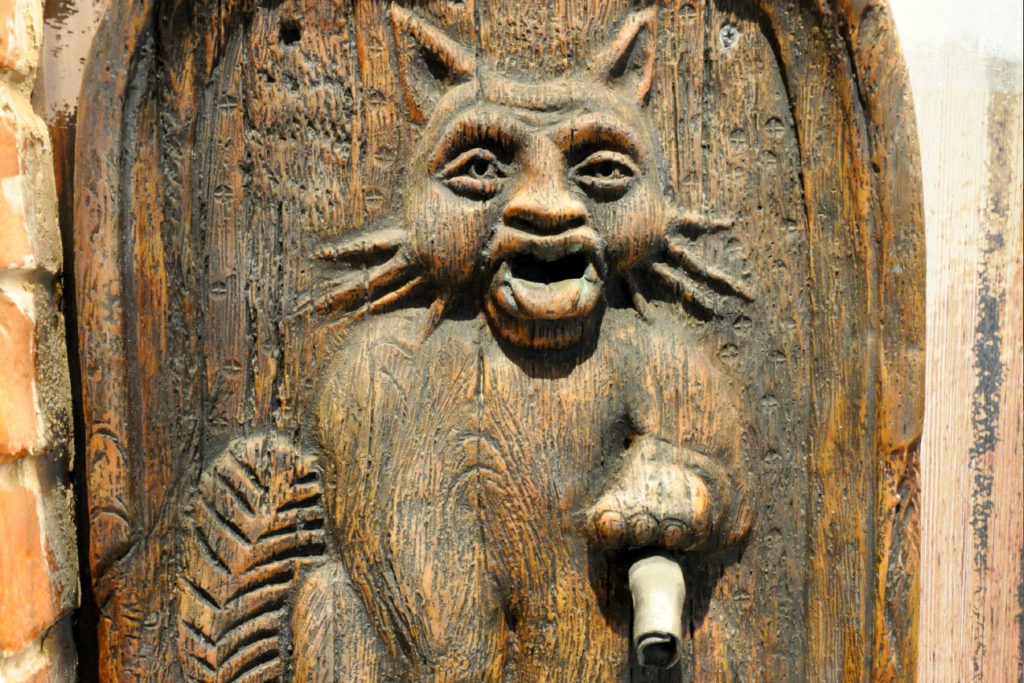Ginformation: The Dutch, Ducks & Dodgy Distillers

Interested in gin? If so, read these genuinely interesting things about gin.
Hey, come back, we haven’t finished interesting you…
Flavoured vodka?
A highly simplistic interpretation of gin has seen some deign it ‘flavoured vodka’. Its base is rectified neutral grain spirit, essentially vodka, which is then flavoured with botanicals, the most important being juniper.
So, we take the point. But this interpretation fails to appreciate the art of picking and blending botanicals, so we definitely don’t agree. It’s like calling tea ‘flavoured water’. Which it is. But we like tea. And coffee.
Sugar Hit
Old Tom is another style of gin that was popular prior to the arrival of column still gins in the 19th century. A heavy dose of sugar was added to cover up the unwelcome compounds created in rudimentary stills. Originally usurped by London Dry, superior Old Tom gins are now enjoying a revival.
A Wee Drop
During the height of the gin craze in the 18th century, gin tasted like piss. We can say this with some authority, due to accounts of the awful ingredients used to bulk it out. One being piss. Drinkers called it Piss-quick. Dodgy distillers also bulked out the booze with sulphuric acid which caused drinkers considerable tummy ‘ouch’.
Limeys
Surgeon James Lind’s 1747 discovery that citrus combatted scurvy encouraged the Navy to make the fruit standard issue by the 19th century. The Brits subsequently became known as limeys.
In 1867, Lauchlin Rose, who supplied limes to the Navy, created the world’s first concentrated fruit drink in his Rose’s Lime Cordial. Naval officers combined it with gin and gave us the Gimlet cocktail.
Going Dutch
Genever is the Dutch juniper spirit that influenced gin as we know it today, and the spirit is still alive and well. It is protected by geographic indication and is produced in the Netherlands, Belgium and France.
Producers use a low alcohol grain spirit called moutwijn and a highly rectified spirit. There are two classifications, jonge, which has a lower percentage of moutwijn. Oude genever is made with a higher share if moutwijn.
Ducks
During the mid-14th century plague, conmen wore masks with long beaks full of herbal combatants and claimed that burning juniper could ward off the disease. They looked like ducks and later became known as quacksalvers, a disparaging term applied to faux physicians who embellished their medicinal knowhow. Hence why we still, today, refer to dodgy doctors as quacks. It’s also why the French for ‘I am ill’ is ‘je suis mallard’. Interestingly it is now believed the burning juniper did actually offend the rats carrying the plague, suggesting these ‘quacks’ were more efficient than they were given credit for.
Share this story
More from Spirit Club
-

Gosling's cocktails
Gosling’s Gold and Black Seal are great for rum cocktails so we’ve collected a few from some leading UK bartenders...
Read more -

Family Reserve: Old Rum
The Ultimate Bermuda Short – Goslings Family Reserve Rum With rum wave showing no sign of breaking anytime soon and...
Read more -

Goslings Gold Seal
GOSLINGS GOLD SEAL RUM WAS the first new product to be launched by Goslings Rum in over 100 years. Goslings...
Read more

